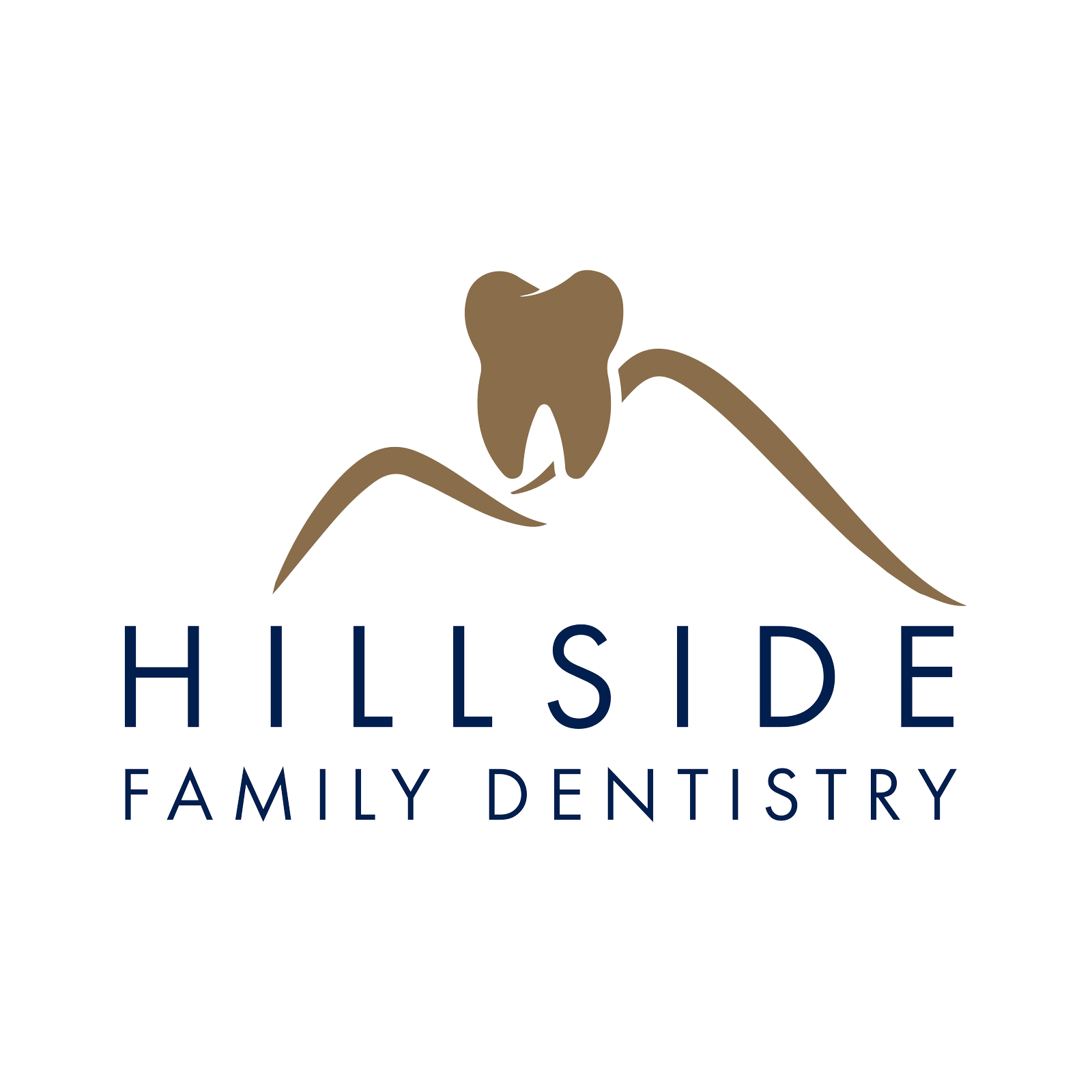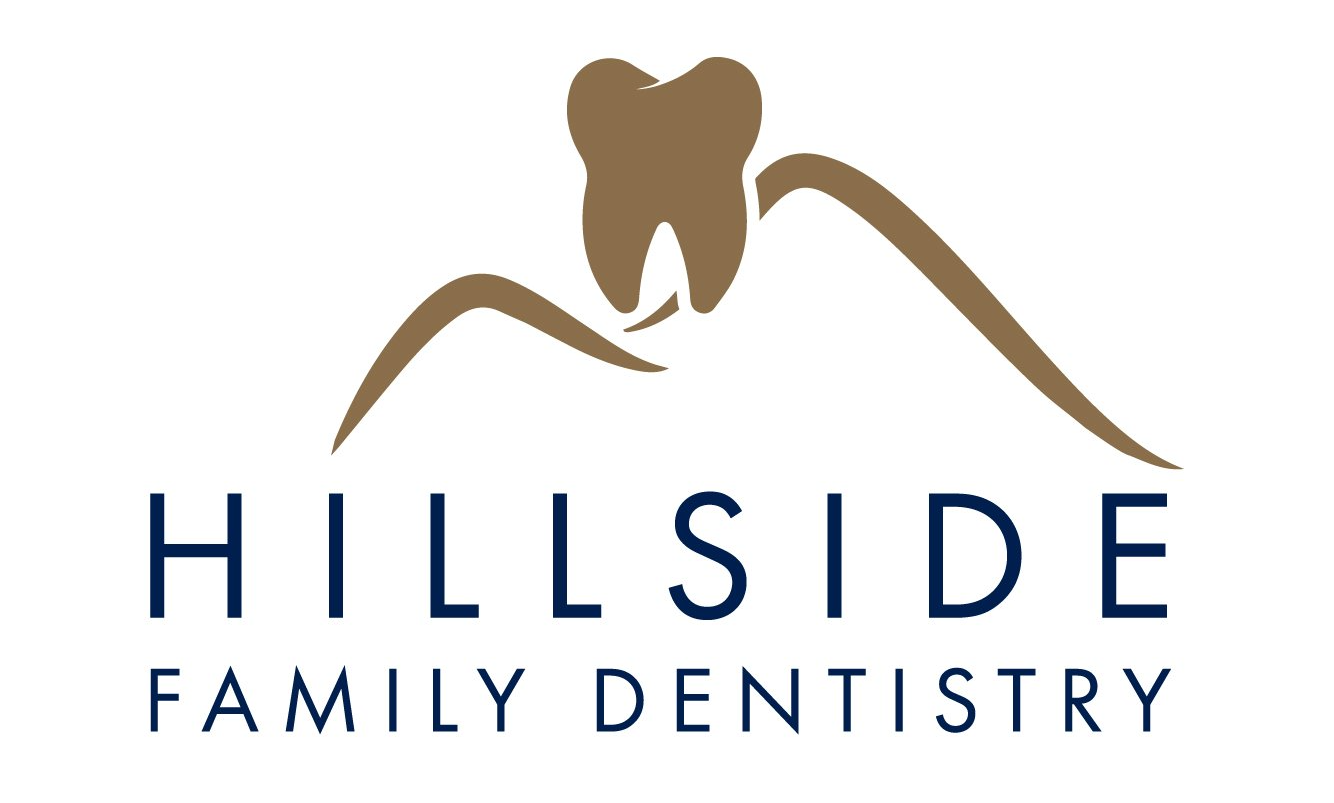Restorative Dentistry: Building Back Your Smile with Confidence
Let’s face it—life happens to our teeth. Whether it’s a surprise crack from biting something too hard, a filling that’s seen better days, or a missing tooth that’s been quietly stealing your confidence, the damage can feel permanent. But it’s not. That’s where restorative dentistry steps in—not just to patch things up, but to rebuild your smile to its full, functional beauty.
What Is Restorative Dentistry, Really?
Restorative dentistry is all about repairing or replacing damaged teeth. Unlike cosmetic dentistry, which focuses mainly on appearance, restorative care is designed to bring your mouth back to its full strength, health, and structure. At Hillside Family Dentistry in Acworth, GA, this includes treatments like crowns, inlays and onlays, and fixed dental bridges.
Think of it as restoration work on a beautiful old house. You’re not just slapping on paint—you’re reinforcing the foundation, replacing old wood, and making it livable again, not just lovely.
Crowns: A Protective Shell for Damaged Teeth
Dental crowns are one of the most widely used tools in restorative dentistry. They’re custom-made “caps” that cover the entire surface of a damaged tooth, restoring its shape, strength, and function.
Crowns are often recommended when:
- A tooth is severely cracked or broken
- There’s a large cavity that can’t be fixed with a standard filling
- After root canal treatment
- A dental bridge or implant needs support
Materials have come a long way—most modern crowns are made from ceramic or porcelain and can be color-matched to your natural teeth. In other words, they don’t just work well—they look fantastic, too.
Inlays and Onlays: The Middle Ground Between Fillings and Crowns
When a filling isn’t quite enough, but a full crown feels like overkill, inlays and onlays offer the perfect in-between solution.
- Inlays fit into the grooves of your tooth (think the chewing surface of a molar).
- Onlays cover a bit more surface, including one or more cusps (the pointy parts of your tooth).
Made from durable materials like porcelain or composite resin, they’re bonded securely in place and provide long-term reinforcement—without removing as much of the original tooth structure as a crown would.
They’re ideal for:
- Moderate decay
- Fractured fillings
- Restoring chewing surfaces of back teeth
And since they’re fabricated in a dental lab, they’re incredibly precise—tailored just for you.
Fixed Dental Bridges: Replacing What’s Missing
If you’re missing one or more teeth, a fixed dental bridge can, quite literally, bridge the gap. It consists of two crowns that sit on either side of the space (on the “anchor” teeth), with a false tooth (or teeth) in the middle. Unlike removable dentures, bridges stay firmly in place.
They:
- Restore your bite
- Prevent neighboring teeth from shifting
- Improve chewing and speaking
- Provide a permanent, stable solution
With proper care, bridges can last 10–15 years or more. And when made by a skilled dentist, they blend beautifully with your natural smile.
The Benefits of Restorative Dentistry
Restorative dentistry isn’t just about aesthetics—it’s critical for long-term oral health. According to the American Dental Association (ADA), untreated tooth damage can lead to worsening pain, infections, and even bone loss. Procedures like crowns and bridges don’t just patch problems—they stop the progression.
Some professionally recognized benefits include:
- Preservation of Natural Teeth: Restorative dentistry focuses on saving as much natural tooth structure as possible.
- Improved Oral Function: Whether you’re chewing, speaking, or smiling, properly restored teeth make daily life easier.
- Preventing Future Issues: A restored tooth is less likely to break down further or cause new issues, which helps avoid more invasive treatments later.
Plus, the psychological lift of being able to eat without discomfort or smile freely again? That part can’t be measured—but it matters.
When Should You Seek Restorative Dentistry?
You don’t have to be in pain to benefit from restorative care. Sometimes the signs are subtle. Here are a few clues it might be time to visit Hillside Family Dentistry for an evaluation:
- You have old fillings that feel loose or cause sensitivity
- There’s visible cracking or discoloration in a tooth
- You’re avoiding chewing on one side of your mouth
- You’ve lost a tooth or recently had one extracted
- You notice shifting or gaps that weren’t there before
Don’t wait for things to get worse. Many patients are surprised at how simple and comfortable restorative treatments can be—and how much better they feel afterward.
A Fresh Start for Your Smile
At its core, restorative dentistry is about giving you a second chance—a way to take teeth that are damaged, weakened, or missing and bring them back to life. With solutions like crowns, inlays and onlays, and fixed dental bridges, you don’t have to settle for discomfort or self-consciousness.
These treatments combine science and craftsmanship, restoring more than just teeth—they restore confidence, clarity, and peace of mind.
If your smile could use a little rebuilding, don't wait. Call Hillside Family Dentistry at 770-485-9949 or visit us at 4408 Cobb Pkwy NW, Acworth, GA to schedule your consultation and explore how restorative dentistry can bring strength and beauty back to your smile.
Share This Post

